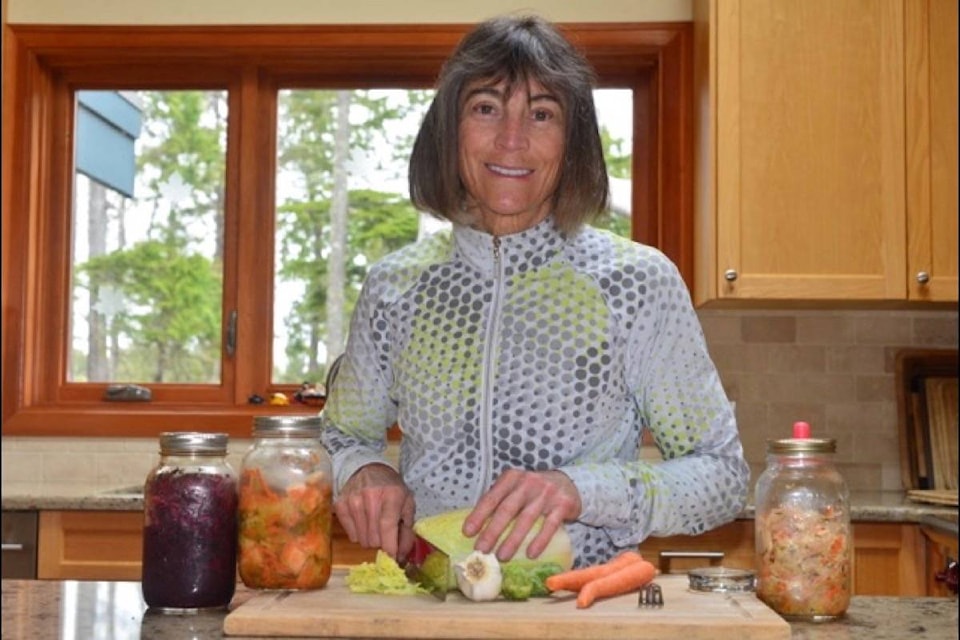Connie Kuramoto and Jeanne Keith-Ferris
Special to the Westerly
Distancing ourselves from the coronavirus is everyone’s top priority, but there are other microbes we should be rushing to embrace. What are we talking about? Fermented foods of course.
Fermented foods are as old as civilization. Before we had refrigeration or canning, we had fermentation for food preservation. Now is an opportunity to rediscover the art of making sauerkraut, kimchi, and lacto-fermented pickled vegetables. Not just for food security, but also for the immune enhancing power of fermented vegetables.
So, while we wait for our vegetable gardens to get growing, let’s begin stockpiling homemade fermented produce and build food resiliency and health resiliency.
Good Friends
Fermented vegetables are bubbling colonies of lactic acid producing bacteria. This family of bacteria represents a multitude of species naturally occurring in healthy soils. These, along with other companion microbes, coat the surface of plants. Organic vegetables are teaming with these “good bacteria”, protecting the vegetables from infections and spoilage. If pesticides are used, the good bacteria are diminished.
Plants need these soil bacteria to thrive, and so do we. When we eat fresh, well grown plants, we are also dosing ourselves with beneficial bacteria, bringing the outside microbe world inside of us. Our digestive track’s resident ecology of microbes has evolved to interact, and even depend upon these outsiders for the healthy function of our metabolism and our immune response. As you can see, we are deeply connected to the soil and the plants we eat.
Home fermenting of vegetables only requires fresh produce and salt in order to kick-off the fermentation process. That’s it. Our unseen fermenting partners, those friendly microbes found on the veggies do the rest. All the microbes need is a warm place. The veggies, tucked under their brine bath will start fermenting, digesting the complex sugars bound-up in the plant’s fibre. We just need to present the right conditions to our fermenting bacterial buddies, and they do their magic.
Ferments for health
What magic! In their salty bath they multiply rapidly, releasing aromatic gases – that unique sour-smell. They also quickly drop the pH in their fermenting bath making it uninhabitable for any other bacterial, viral or yeast that might cause spoilage. Sauerkraut can keep in a cool basement, or fridge for up to a year. And wait…there’s more! Our buddies deliver to us pre-digested plant fibre and probiotics. Probiotics are the living bacterial culture from the ferment; which when consumed, helps optimize our body’s immune action. Best of all, our buddies increase the over-all vitamin B and C content of the original vegetables.
Daily eating of fermented vegetables delivers fibre-rich, probiotic foods, and expands the variety of vegetables in your diet. Soon you will venture forth with developing your own ferment recipes.
The greater diversity of plant based foods you eat, also blooms a larger diversity of your own body’s gut microbiome. The results? Big health gains and a fighting fit immune system working on your behalf.
Next in our series – how to ferment veggies.
Connie Kuramoto is an Organic Master Gardener and Jeanne Keith-Ferris is the president of the Ucluelet Local Food Society.
READ MORE: Yes, in my backyard! Food security at home
READ: COVID-19 pushes Canadian food industry to tipping point: Federation of Agriculture
